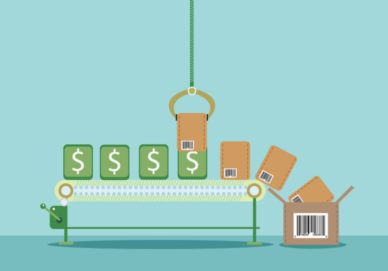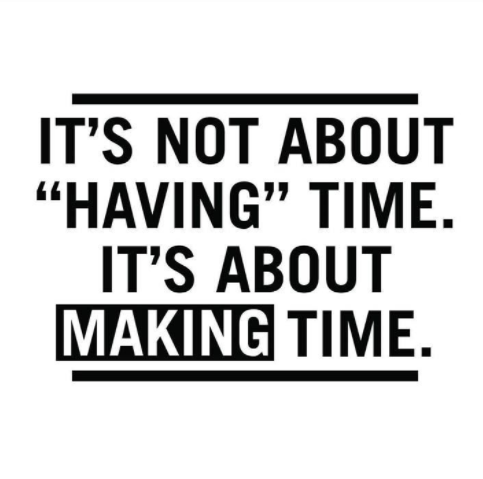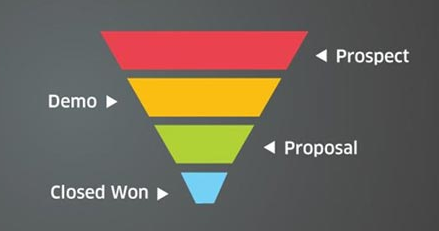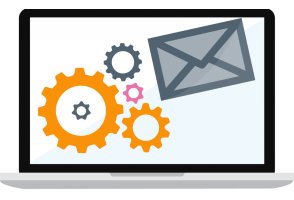You know your business needs to build long-term customer relationships to succeed. So, you implement a CRM to help manage the process company-wide, watch the data start flowing in, and wait.
And wait. And wait.
Unless you’re paying attention to the right metrics, you may never figure out whether your customer relationships are growing the way they should. While you may have chosen the right path with a CRM, it is imperative to then devise a CRM strategy so that you can identify and measure important milestones, and then track progress and results along the way. This will let you know where to adjust your approach to ensure that your efforts are truly encouraging the long-term customer relationships you’re trying to build.
The best way to measure customer relationships is to view them in the context of who on your team is interacting with the customer and how the CRM can track those particular aspects of the customer lifecycle. By looking at the relationship through this lens, you can more accurately measure your efforts and their effectiveness.
Marketing
Let’s start at the top – your marketing team. In terms of the customer lifecycle, marketing’s primary goal is first to raise awareness of your product. Your marketing efforts are often the first point of contact with a potential customer and (hopefully) the beginning of a customer relationship. As such, the first way you can use CRM to fine tune your marketing team’s efforts is to track the effectiveness of campaigns throughout the various stages of the marketing funnel.
The most obvious number to keep track of is return on investment (ROI). Whether your marketing campaigns are easily quantified paid advertisements or more elusive grassroots outreach programs, they both share one common goal – generating sales. A CRM can help measure campaign ROI by tracking leads generated, lead conversion rates, and resulting sales compared to the cost of the marketing efforts.
While you might think that the marketing funnel ends with a sale, further down your marketing team works to keep existing customers engaged. If existing customers become disengaged, they are more likely to discontinue using your service or purchasing your product, and acquiring a new customer can often cost many times more than retaining these existing customers. CRM can help here by tracking customer retention rates in comparison to specific marketing efforts. Is your newsletter subscription base dwindling alongside your customer numbers? Are your discount offers and deals going unnoticed? A properly implemented CRM will tell you where your marketing efforts are missing the mark.
Finally, you will want to keep a close eye on lifetime customer value – this is how much your business will earn from a single customer over the lifetime of the relationship. By examining this particular number, you can determine where and when to offer discounts and deals to existing customers. Knowing when to make a deal can be the difference between revenue lost or gained over the long haul.
Some stats to monitor include:
– Number of campaigns
– Number of campaign responses
– Number of campaign purchases
– Revenue generated by campaign
– Number of new customers acquired by campaign
– Number of customer referrals
– Number of web page views
– User goal completion rate on the web
– Time per website visit
– Customer lifetime value
– Cross-sell ration
– Up-sell ratio
– Email list growth rate
Sales
In most representations of the funnel, the next step after marketing is sales. Your sales team has an integral role when it comes to the customer relationship. This is arguably the lifeblood of your company and there are a number of important metrics you can track with your CRM to improve sales efforts.
First, how long is your sales cycle? By tracking how long it takes from the time you identify a sales lead to when you close the deal, your sales team can reflect on their efforts and see what works and what doesn’t. On this same vein, you can track sales closing rates – that is, how often does a lead become a sale – and evaluate not only members of your sales team, but also the channels through which those prospects arrived.
Next, your CRM can track key sales activities, such as outbound sales calls or inbound passive inquiries. Perhaps sales are lacking because your team is spending too much time on each call rather than maximizing the number of calls made. Or inversely not spending enough time on each call. Either way, you can see these effects by tracking outbound sales calls over time and analyzing the trend. Similarly, trends in inbound sales inquiries can point to effective or ineffective marketing campaigns and sales techniques.
Some stats to monitor include:
– Number of prospects
– Number of new customers
– Number of retained customers
– Close rate
– Renewal rate
– Number of sales calls made
– Number of sales calls per opportunity
– Amount of new revenue
– Number of open opportunities
– Sales stage duration
– Sales cycle duration
– Number of proposals given
Operations
Finally, once you’ve secured the customer relationship, you will want to track how effectively you deliver projects. If we return to the funnel, we’ll see that it often ends at the sale, but this is far from the truth. In order to keep that customer and build a lifelong relationship with them, we need to always consider them as somewhere along the marketing-sales-delivery continuum. Delivery is when we make good on the promises made in our marketing and sales efforts and provide the customer with an excellent experience and product or service. If we fail to deliver, all was for naught, and the CRM should let us know.
For example, if your customer has a problem, how well do you handle it? Your customer service and help desk efforts have the ability to transform your product or service from “average” to “best”. How long do your customers have to wait before getting assistance? Do they feel that your efforts were sufficient? Was their problem solved? All of these factors can be the difference between losing and retaining a customer.
Some stats to monitor include:
– Number of cases handled
– Number of cases closed the same day
– Average time to resolution
– Average number of service calls per day
– Complaint time to resolution
– Number of customer call backs
– Average service cost per service interaction
– Percentage compliance with SLAs
– Calls lost before being answered
– Average call handling time
While customizing your CRM metrics is a lot of work at the outset, it will pay dividends in the long run. Take the time and energy to optimize from the start, and your customers will divert their own time and energy to your business–with all the benefits that brings. Are you ready to start? Request a demo.







































